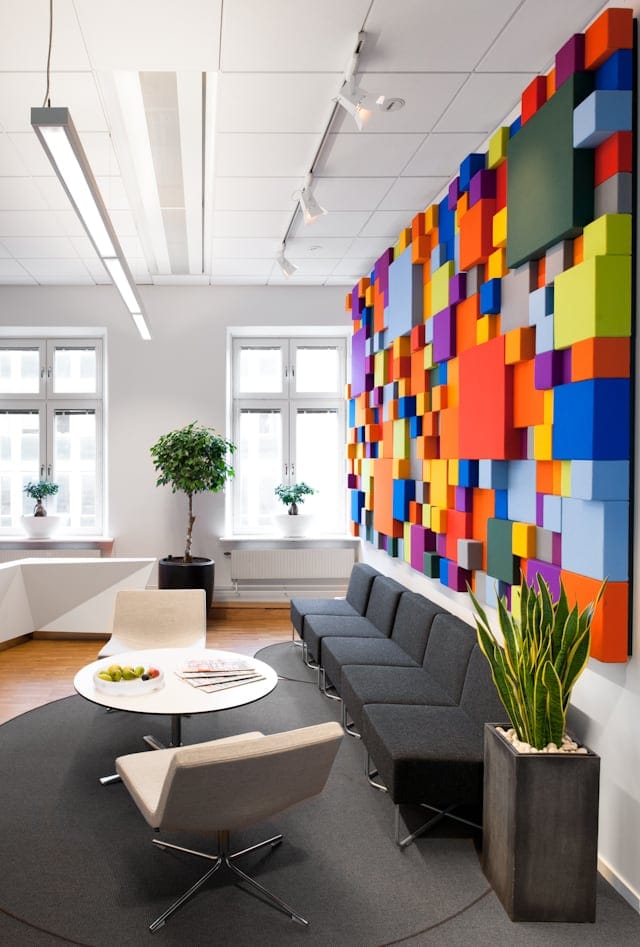Interior design has never been an easy task, even though it’s often viewed as such. There are a lot of details that go into the design of a single room and if you’re a perfectionist or have an eye for detail, you’ll surely face some challenges along the way. It’s still debatable whether a home or business environment is more difficult to design as a whole, though the latter requires much more consideration towards others.
When you’re designing a home, you’re tasked by a single person and have to keep in mind only a handful of people. Office spaces require much more though when it comes to the layout the practicality and most of all, the ease of access. Sure, you’re hired by a single or a maximum of three people, but you’ll have to constantly be aware of each employee’s place within the work environment.
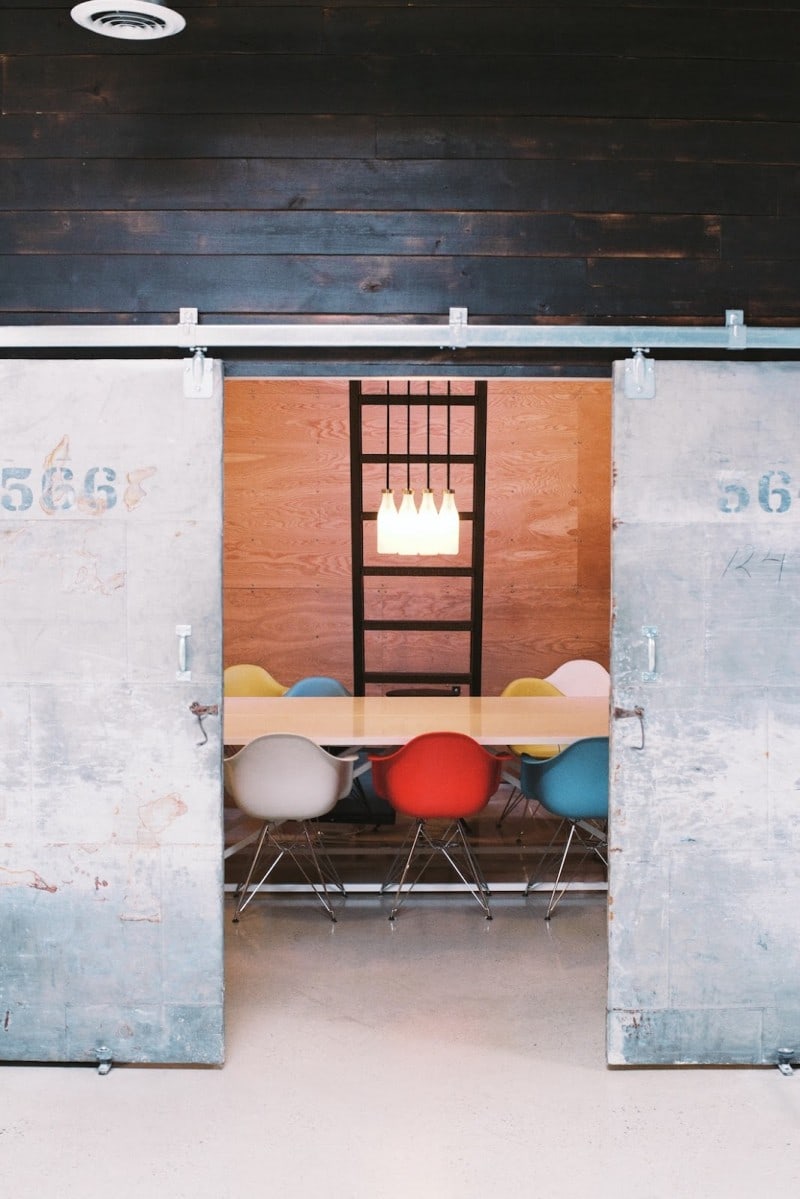
There aren’t any specified “rules” that come along with the task of designing an office, but then again there aren’t any “rules” in general in interior design, as each designer is his own visionary. That being said, when first faced with this task, you might find yourself struggling, but don’t fret, all the help you’ll need is right here.
The first thing you’ll need to go over is the layout of each room you’ll be working on, you’ll need to note all cable sockets, as well as any cables, which may need to be covered up. Next, you’ll have to make sure that both the natural light and the lamplight are “distributed” accordingly in every room, as you don’t want to have a room with a brightly-lit side and another side, where there’s absolutely no lighting at all. Even if a room is designed in such a way, it will be your task to find a proper place for each and every single piece of furniture and décor.
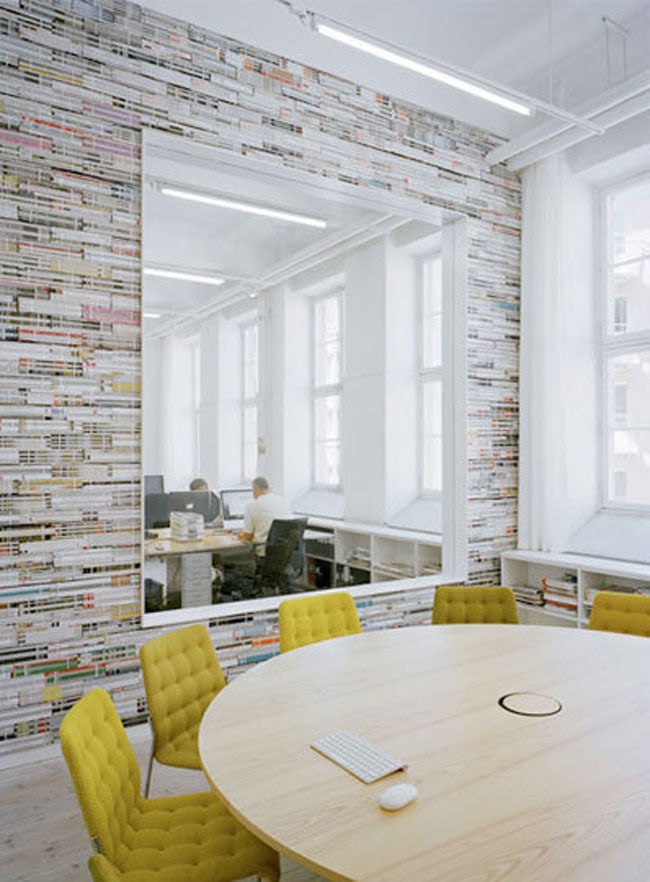
Of course, before moving on to furniture placement, you’ll have to check if there is any paint work that needs to be done. Painting and even re-painting walls and ceilings need to be done before any kind of furniture are placed inside, otherwise, you risk damaging the said pieces. You should also take note of any loose floorboards or floors that need to be replaced.
Note: This is the perfect time to hide any visible cables and get the ones you can out of the way. The best method you could use is to place and attach them (if possible) next to the bottom of the nearest wall, before you cover them up. Remember that if you do any heavy-duty work during this phase, such as repairs, you’ll need to contact commercial office cleaners in your London area to take care of any lingering messes for you.
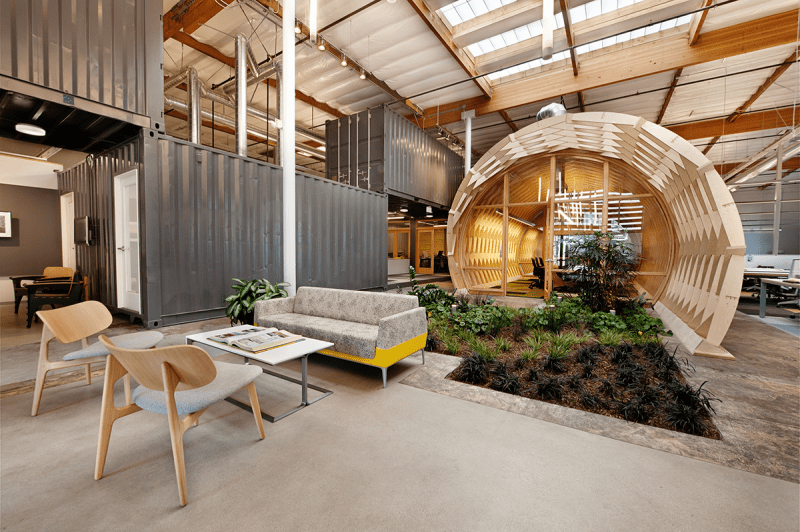
After this bit of technical work is completed, you can start selecting colours, shades, nuances, furniture and décor for the office. Always make sure to keep colours and colour combinations to a maximum of three, with one of them always being either black or white. This way, you’ll not only be able to achieve the modern-esque look most office establishments are aiming for these days, but you’ll also have the chance to work with a wider-range of office furniture and decorations.
Once the colour-scheming has been dealt with, you can move on to selecting furniture. Since you’re designing an office, you’ll need to select only a limited number of furniture pieces, which you’ll need multiple quantities of. On that note, always make sure to keep the furniture in tone and balance with the environment, as you can’t expect to achieve a modern look with country-type furniture and vice-versa.
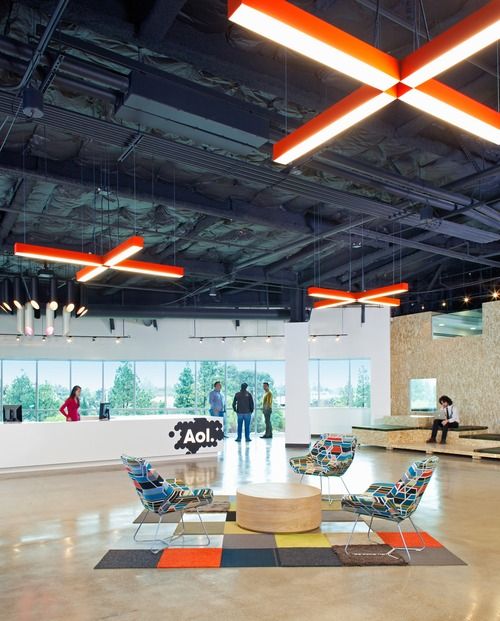
The last step is décor. Now, this is usually the most difficult step, requiring you to think carefully about which items you can place where and why. Also, décor can never be allowed to get in the way of any kind of work that needs to be done in the office. A friendly suggestion would be to do the same, as you did with the colour palette – keep decorations to a minimum and only use them, if you want to emphasise a certain element of a room or to create a certain tone.
